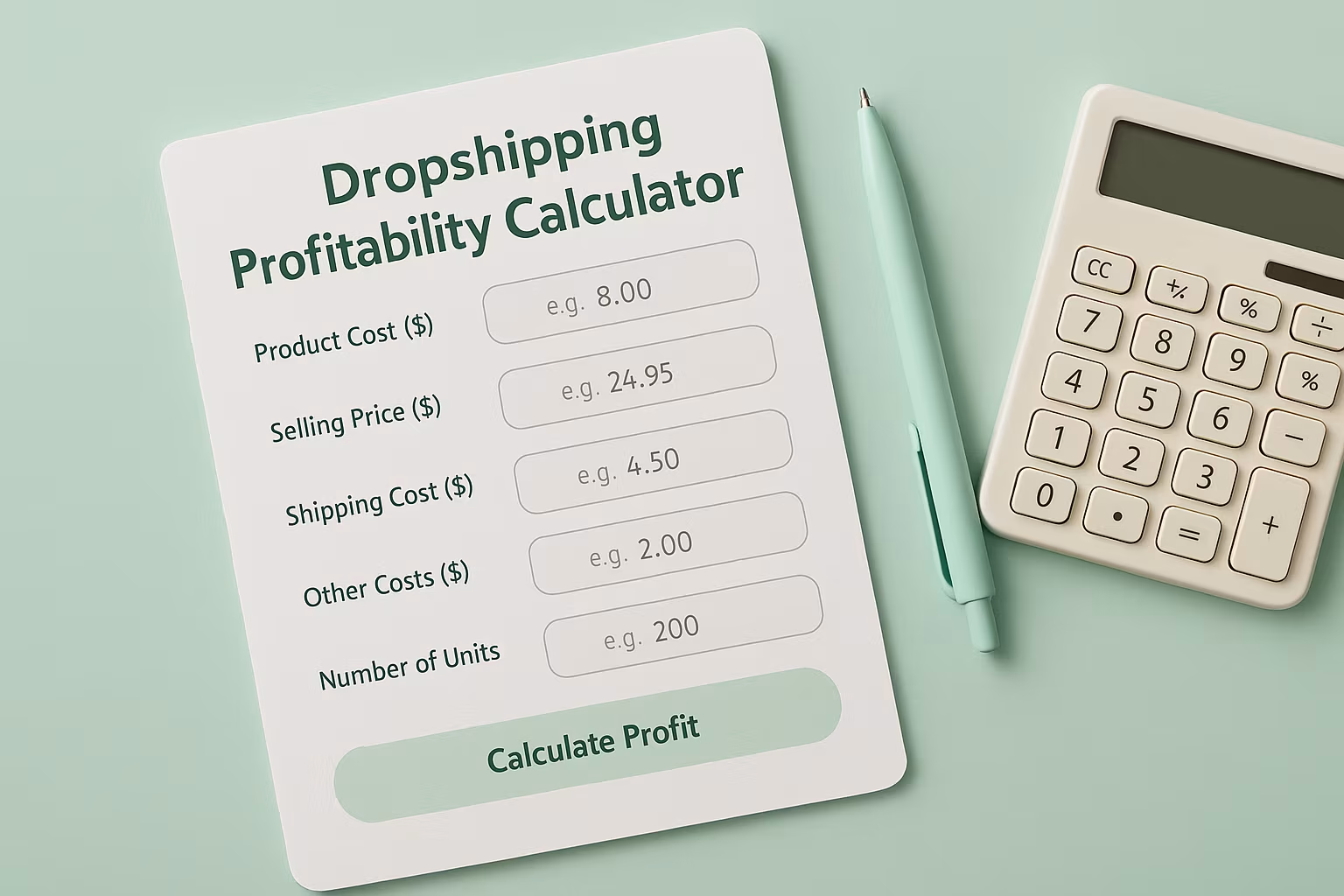How to Reduce Amazon FBA Fees and Increase Profitability? FBA Strategies

Every dollar saved on Amazon FBA fees goes straight to your bottom line. For sellers with tight margins, optimizing your FBA strategy is essential.
Amazon’s fulfillment services offer speed and trust, but the fees can quickly add up; sellers spend an average of 30–40% of their revenue on fees alone.
This guide shows you how to reduce Amazon FBA fees and increase profitability through practical strategies that cut costs and boost your margins.
12 Effective Strategies to Reduce Amazon FBA Fees
Now that you understand what you're paying for, here are proven tactics to minimize these expenses and maximize your profits.
1. Optimize Product Dimensions and Weight
One of the most impactful ways to reduce fulfillment fees is by optimizing your product packaging.
Tactics:
- Redesign packaging to meet standard-size tier requirements
- Remove unnecessary packaging materials
- Switch to lighter packaging materials
- Consider compression packaging for applicable products
Pro Tip: Sometimes reducing a product's dimensions by just a fraction of an inch can drop it into a lower fee tier, saving significant money on every unit sold.
2. Implement Strategic Inventory Management
Excess inventory leads to unnecessary storage fees. Implement just-in-time inventory practices to minimize warehouse costs.
Tactics:
- Use forecasting tools to predict demand
- Set reorder points based on sales velocity
- Remove slow-moving inventory before long-term storage fees kick in
- Consider using fulfillment alternatives for certain products to diversify fulfillment channels
3. Leverage the FBA Small and Light Program
For products priced between $1-$10, weighing 12 oz or less, Amazon's Small and Light program offers reduced fulfillment fees.
Tactics:
- Identify qualifying products in your inventory
- Enroll eligible products in the program
- Consider developing new products specifically for this program

4. Use FBA Size and Weight Guidelines to Your Advantage
Amazon's size tiers have specific thresholds. Designing products that fall just under these thresholds can save substantial fees.
Tactics:
- Standard: Keep products under 20" × 14" × 14" and 20 lbs
- Small standard: Aim for under 15" × 12" × 0.75" and 12 oz
- Large standard: Target dimensions under 18" × 14" × 8" and 20 lbs
5. Implement a Regular Inventory Clean-Up
Aged inventory costs more to store and ties up capital. Regular inventory assessments can prevent excessive storage fees.
Tactics:
- Set up monthly inventory reviews
- Create removal orders for items approaching long-term storage thresholds
- Run flash sales for aging inventory
- Consider liquidation options for extremely slow-moving products
6. Bundle Products Strategically
Selling complementary items together can reduce per-unit fulfillment costs while increasing average order value.
Tactics:
- Bundle small items that would incur minimum FBA fees individually
- Create themed bundles that provide value to customers
- Use bundling to differentiate from competitors while saving on fees
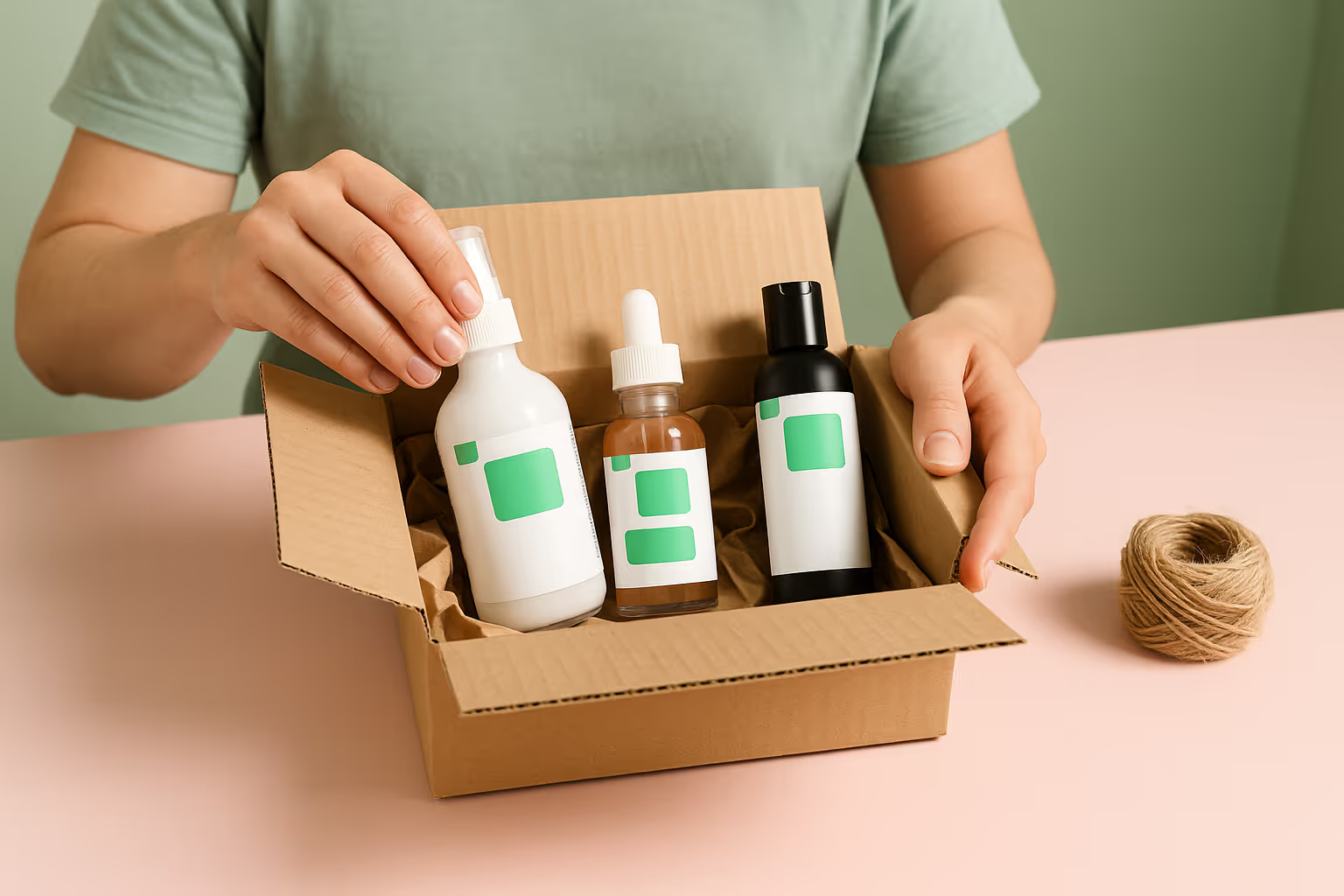
7. Consider Alternative Fulfillment Methods for Some Products
Not every product in your catalog needs to be fulfilled by Amazon. A hybrid approach can optimize profitability.
Tactics:
- Use FBM (Fulfillment by Merchant) for low-margin, bulky items
- Consider third-party fulfillment partners for specialized products
- Reserve FBA for fast-moving, high-margin products
8. Optimize Your Inbound Shipping
The way you ship inventory to Amazon's fulfillment centers affects your costs considerably.
Tactics:
- Use Amazon's partnered carriers for discounted rates
- Consolidate shipments when possible
- Ship to the closest fulfillment centers
- Prepare shipments properly to avoid prep service fees
9. Monitor and Dispute Fee Discrepancies
Amazon's systems occasionally make mistakes in measuring products or calculating fees.
Tactics:
- Regularly audit your FBA fees
- Measure and weigh your products precisely before sending them to Amazon
- Document product dimensions and weights
- Submit cases for any discrepancies
10. Leverage the FBA New Selection Program
For new-to-FBA ASINs, Amazon offers incentives including free storage and removals for a limited time.
Tactics:
- Enroll eligible new products in the program
- Use the program to test new product lines with reduced risk
- Time product launches to maximize free storage periods
11. Price Strategically to Absorb FBA Costs
Sometimes the solution isn't just about reducing fees but optimizing your pricing strategy to maintain profitability.
Tactics:
- Analyze price elasticity for your products
- Consider slight price increases on products with loyal customers
- Bundle low-margin products with higher-margin items
- Focus on premium positioning to support higher prices
12. Diversify Sales Channels Beyond Amazon
While not directly reducing Amazon fees, diversifying your sales channels creates resilience and alternative revenue streams.
Tactics:
- Develop your e-commerce website
- Explore other marketplaces like Walmart, Shopify, eBay, or Etsy
- Consider private label opportunities to create your own branded products
FBA fees can quietly eat into your profits, but many of these costs are completely avoidable. Use this tactical cheat sheet to start cutting unnecessary fees today.
Calculating the Impact of Fee Reduction Strategies

Understanding the potential savings from implementing these strategies is crucial for prioritizing your efforts.
Example Calculation
Consider a standard-size product with these characteristics:
- Dimensions: 14" × 10" × 4"
- Weight: 2 lbs
- Monthly sales: 500 units
- Current fulfillment fee: $5.11 per unit
By reducing dimensions to 11" × 8" × 2" and weight to 1.5 lbs:
- New fulfillment fee: $4.75 per unit
- Monthly savings: $180 ($0.36 × 500)
- Annual savings: $2,160
This single optimization can significantly impact your bottom line, especially when applied across multiple products.
Avoiding Common FBA Fee Pitfalls
Many sellers unknowingly increase their FBA costs through these common mistakes:
- Sending slow-moving inventory: Products that don't sell quickly accumulate storage fees
- Ignoring seasonal storage fee increases: Storage fees nearly double during Q4
- Overlooking product dimensions: Even slight miscalculations can push products into higher fee tiers
- Neglecting removal orders: Failing to remove stale inventory before long-term storage fees apply
- Under-utilizing FBA programs: Missing opportunities like Small and Light or New Selection
When to Consider Alternative Fulfillment Solutions
While Amazon FBA offers tremendous advantages, certain scenarios make alternative fulfillment methods more economical:
- Large, heavy, or bulky products with high fulfillment fees
- Seasonal products that would incur excessive storage fees
- Very low-margin products where FBA fees eat most profits
- Products with special handling requirements
- Items with extremely slow turnover rates.
Advanced Fee Reduction Tactics for Established Sellers
Once you've implemented the basics, consider these advanced strategies:
Negotiate with Suppliers for FBA-Optimized Packaging
Work directly with manufacturers to design packaging specifically optimized for Amazon's fee structure.
Implement Regional Inventory Placement
Instead of using Amazon's distributed inventory placement, strategically choose fulfillment centers to reduce shipping costs and speed delivery.
Develop an Inventory Aging Prevention System
Create automated alerts for inventory approaching storage thresholds, with predetermined action plans for each scenario.
Consider Amazon SFP (Seller Fulfilled Prime)
For sellers with robust logistics capabilities, SFP allows you to maintain Prime badge benefits while fulfilling orders yourself.
From the Front Lines: Use Tiered Packaging to Stay Within FBA Size Thresholds
Even millimeters matter with Amazon FBA packaging. Tiered packaging lets you adjust sizes per order, helping you stay within standard-size tiers.
This minimizes fulfillment fees while supporting flexible product variants. It’s especially useful for bundle-ready SKUs or modular products.
Work with manufacturers to design packaging that adapts by quantity. This tactic keeps you under fee thresholds more often. It’s a long-term cost-saving move most sellers overlook. Maintain a premium experience without paying premium fees.
Maximize Your Amazon Profitability Today
Reducing Amazon FBA fees is a continuous process, not a one-time fix. Small improvements across packaging, inventory, and pricing can significantly boost profitability.
With the right strategy, you can keep Amazon’s fulfillment perks without overspending.
Start with an FBA cost audit and prioritize changes with the biggest impact. Analyze your top 3 bestsellers for hidden savings. Often, your highest-volume products hold the easiest wins. A few smart tweaks could lead to your next record profit month.
FAQ
Related blogs
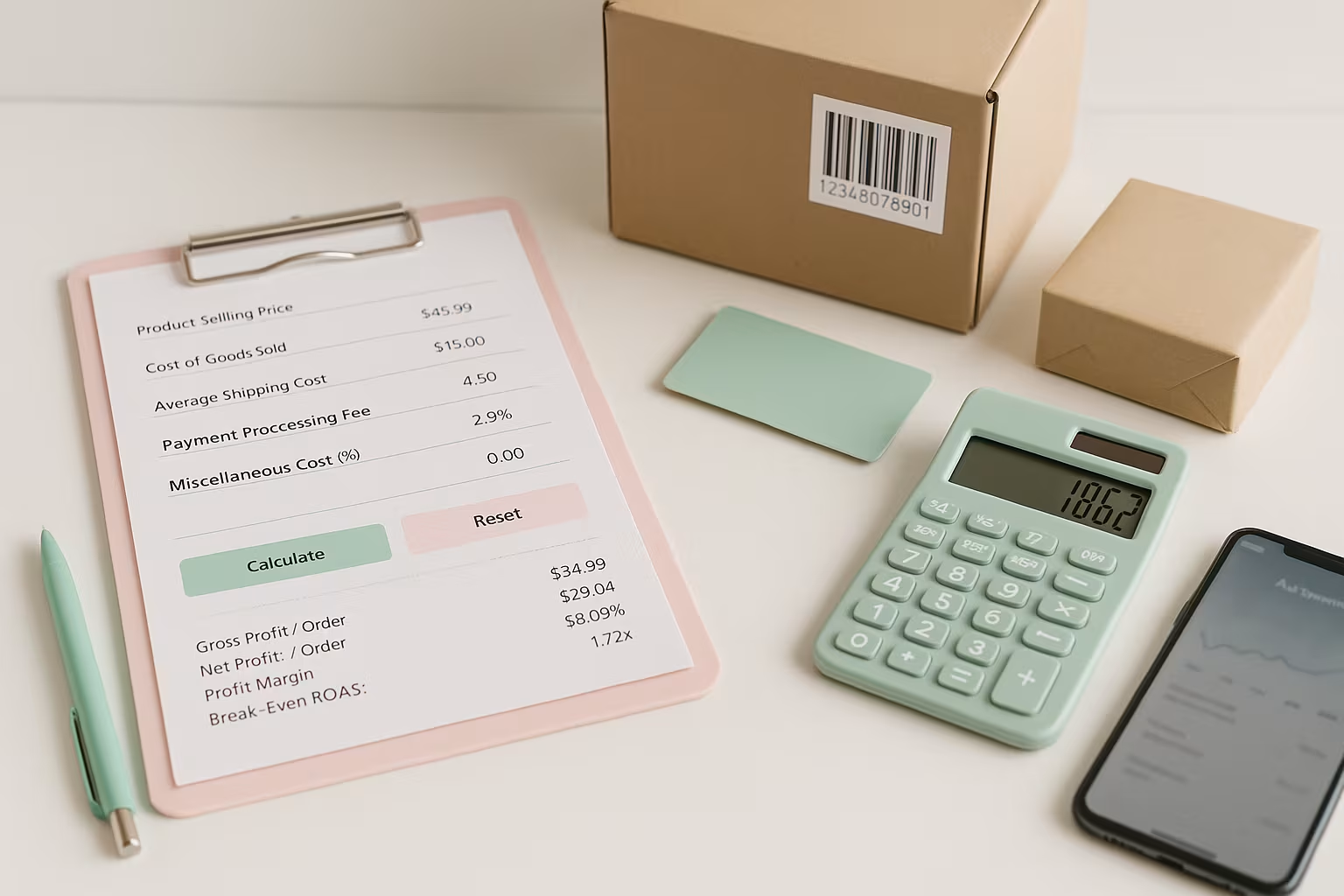
Break-Even ROAS Calculator: Find Out What You Can Afford to Spend on Ads
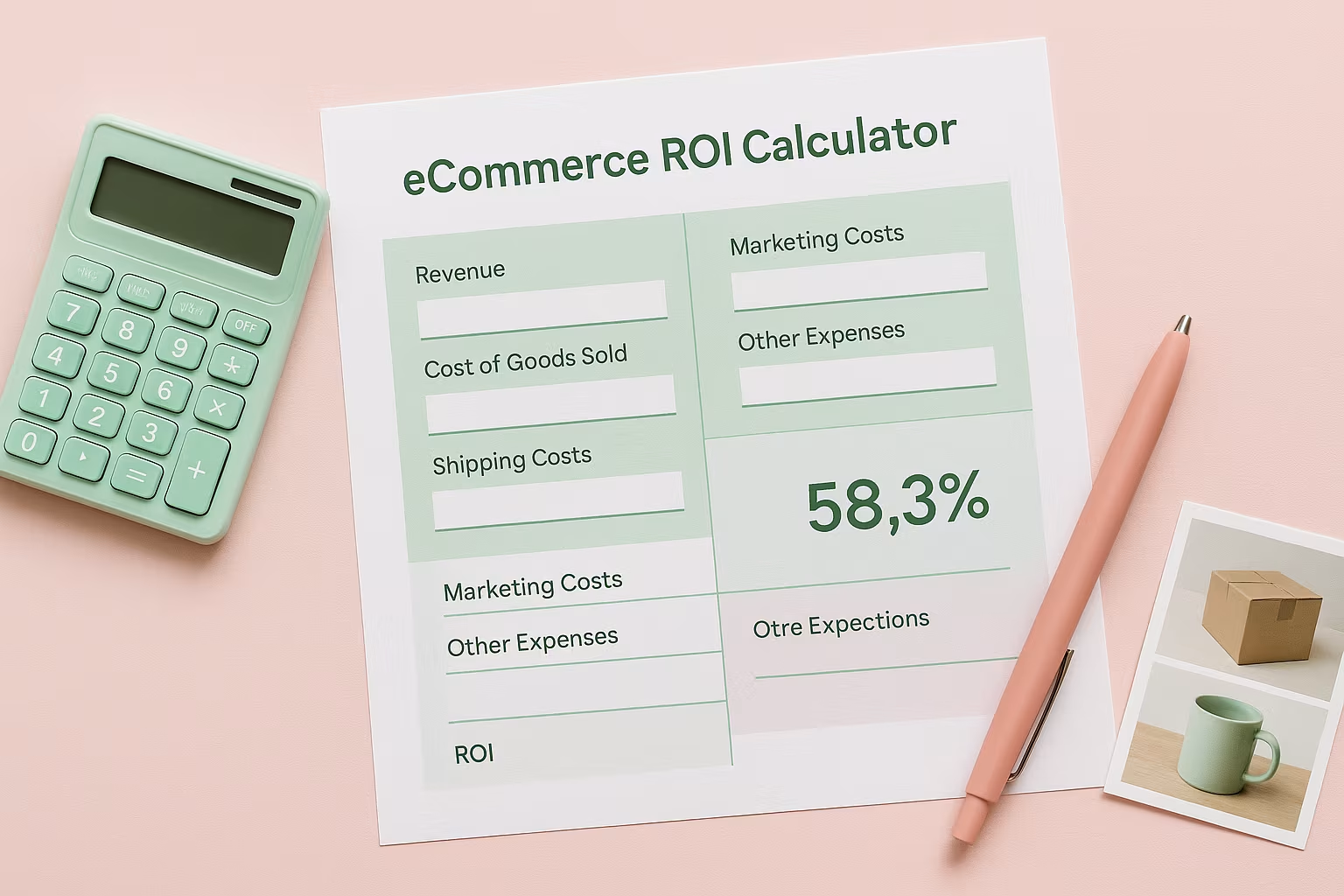
Ecommerce ROI Calculator: Scale Your Store
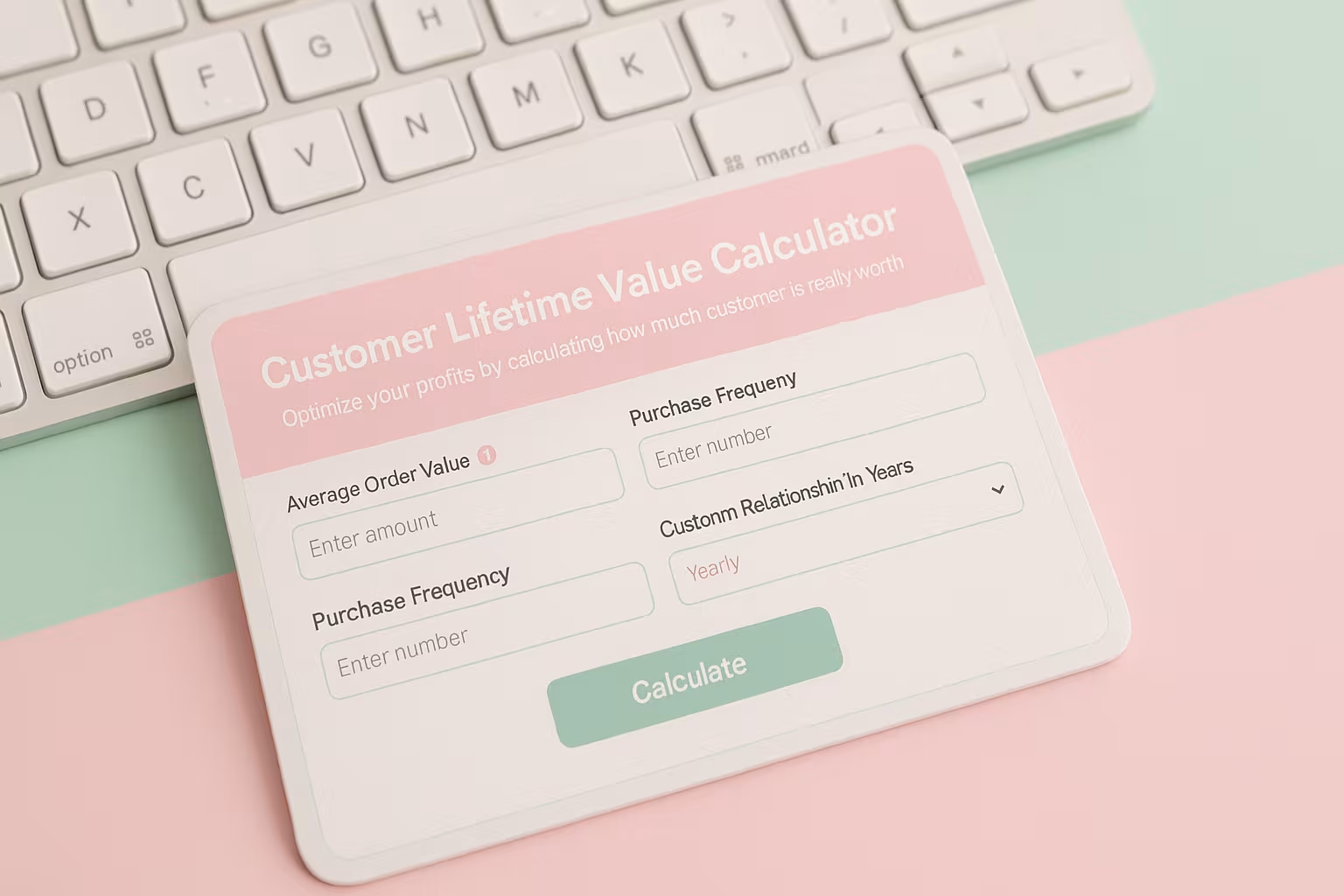
Customer Lifetime Value Calculator: Unlock Your E-commerce Revenue Potential
